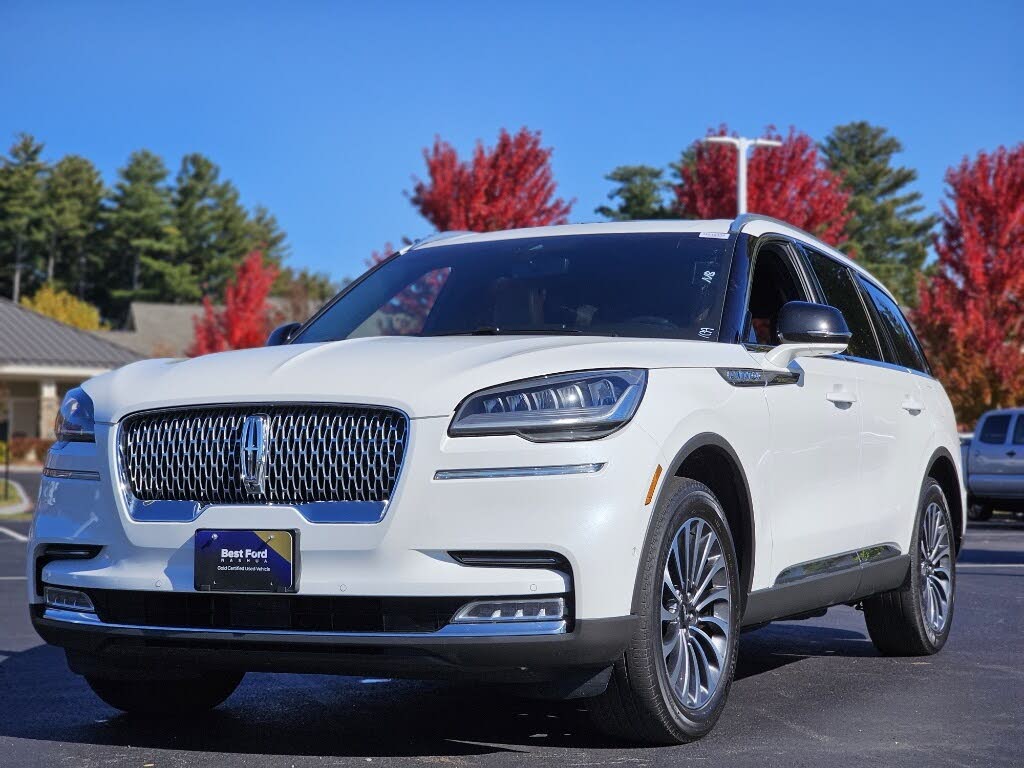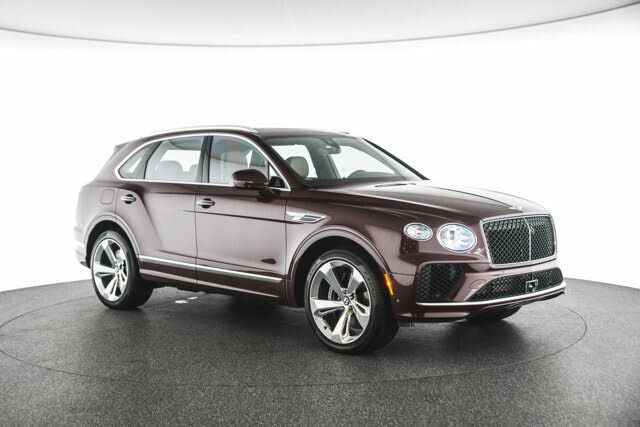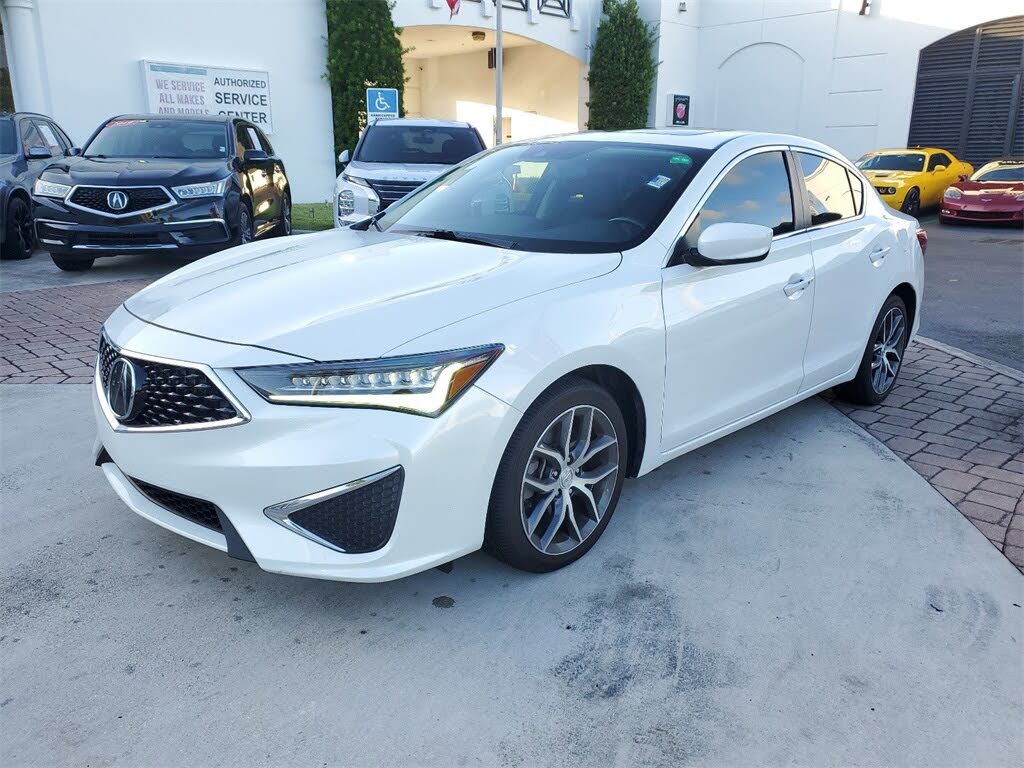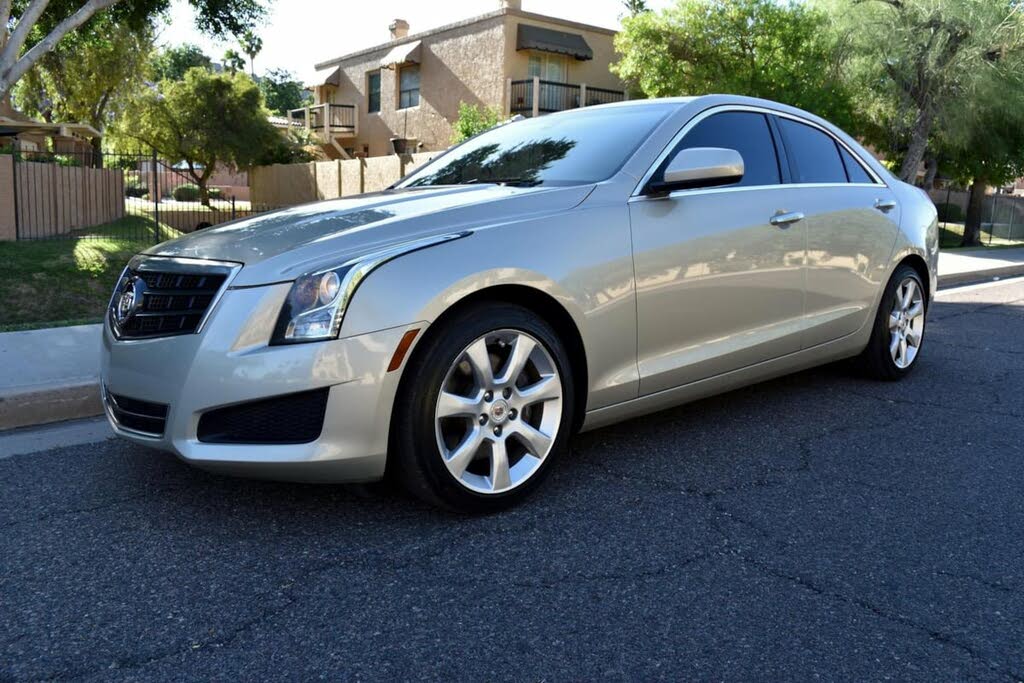Home > News & Blogs > 2019 Ford F-150 Raptor Car Seat Compatibility: How Well Do They Fit?
2019 Ford F-150 Raptor Car Seat Compatibility: How Well Do They Fit?
Ford F-150 Raptor Car Seat Compatibility Review
Find out how the rugged Ford F-150 Raptor performs in family-friendly roles with a detailed car seat compatibility and LATCH system evaluation by MotorVero.
Overview: Rugged Meets Family-Ready
The Ford F-150 Raptor is celebrated for its off-road prowess, but this high-performance pickup truck also shows its versatility by offering impressive family-friendly features. Designed with a long-travel suspension, Fox Racing shocks, and aggressive all-terrain tires, it might look like a desert runner—but inside, it offers comfort and space suitable for child passengers and their safety seats. MotorVero explores how well the F-150 Raptor accommodates car seats, including LATCH accessibility, rear-seat spacing, and booster seat integration.
Car Seat Compatibility Testing Criteria
Our tests follow stringent safety protocols using industry-standard equipment. We installed the following child safety seats in the 2019 Ford F-150 Raptor's second row:
- Graco SnugRide Classic Connect 30 Infant Seat
- Britax Marathon Convertible Seat (rear- and forward-facing)
- Graco TurboBooster Seat
The front seats were adjusted for a 6-foot driver and an average-height passenger. We assessed space, LATCH anchor access, and ease of installation for each seat type.
--TOP ADVERTISEMENT HERE--
Latch System and Seat Installation Grades
A Grade: Easy Access and Strong Compatibility
Tether Anchors: Three top tether loops are mounted behind each head restraint. Some guidance from the manual may be necessary for proper routing.
- Infant Seat: Installation was smooth, with ample legroom for a front passenger measuring 5 feet, 6 inches tall.
- Rear-Facing Convertible Seat: Fit easily with generous legroom and minimal interference with front-row comfort.
- Booster Seat: Once the head restraint was removed, the booster sat flush. Stable seatbelt stalks helped children buckle up independently.
B Grade: Minor Confusion with Tether Routing
Installing the forward-facing convertible seat was mostly hassle-free, but the tether routing system created some confusion.
- Forward-Facing Convertible: The head restraint had to be removed for a proper fit. The LATCH anchors were accessible, but the tether required routing through the closest loop and attaching to the center seat’s tether anchor—something not immediately intuitive for many caregivers. This configuration, although secure, impacted the seat’s grade.
C Grade: None
No car seat installations earned a C grade or lower, emphasizing the Raptor's family adaptability.
Three Across: Can It Be Done?
Fitting three car seats in the second row of a pickup truck is a tough challenge, but the F-150 Raptor manages surprisingly well. The rear seat width accommodates an infant seat, forward-facing convertible, and a booster—though snug, it's achievable. Buckle access can be tight, so smaller booster seats with narrower profiles are recommended for three-across configurations.
--FIRST CONTENT ADVERTISEMENT HERE--
Family-Focused Truck Features
Beyond its car seat compatibility, the Raptor includes additional features that appeal to families:
- Ample rear legroom and headroom for growing kids
- Sturdy interior materials that resist spills and scuffs
- Multiple USB ports for device charging in all rows
- Optional 360-degree camera for better visibility during parking with kids onboard
-
Key Takeaways for Parents
The Ford F-150 Raptor isn't just an off-road beast—it’s a capable companion for families. Its car seat accommodation is enhanced by accessible anchors, thoughtful seating design, and excellent rear cabin dimensions. While minor learning curves exist with tether routing, the overall usability is commendable. Parents can confidently consider this truck without compromising on child safety needs.
--SECOND CONTENT ADVERTISEMENT HERE--
Helpful Car Seat Installation Tips
To maximize safety and ease:
- Always check the vehicle owner’s manual for unique tether routing guidance.
- Use either LATCH anchors or seat belts—never both, unless specified by your seat manufacturer.
- Verify the LATCH system’s weight limit, which typically maxes out at 65 pounds, including the child and the seat’s weight.

motorverorachael
Last Updated On May, 31-2025











